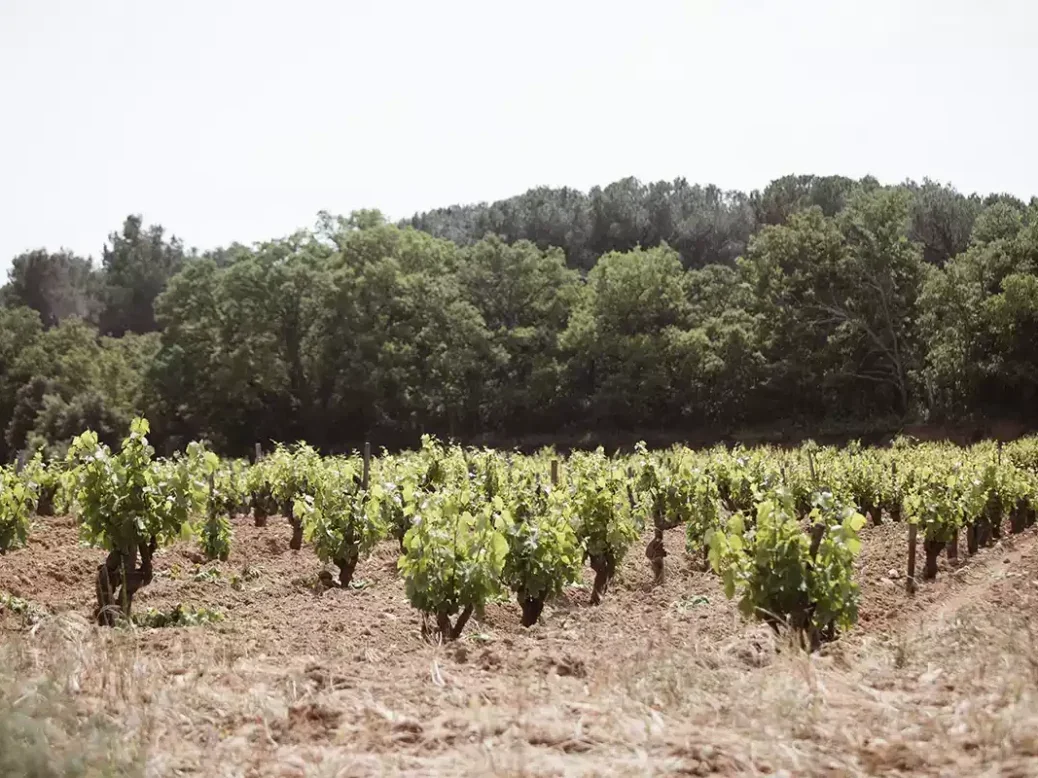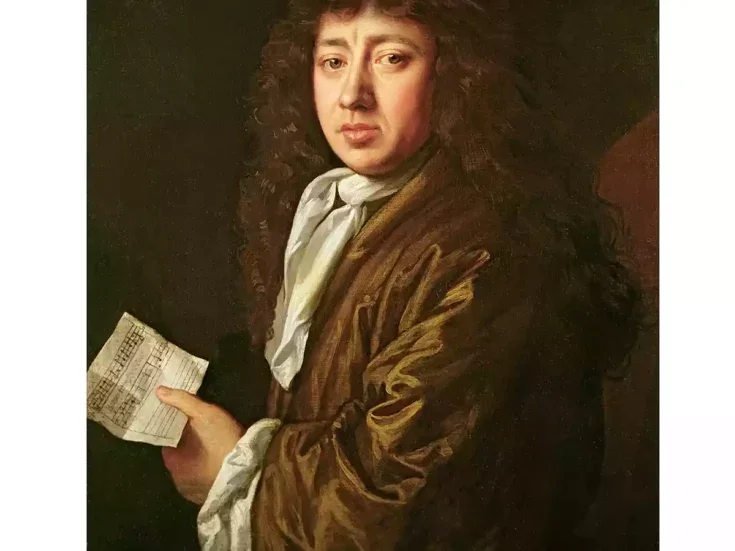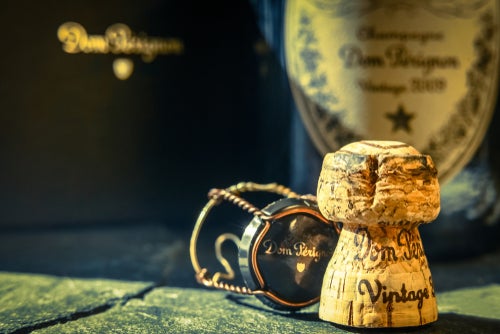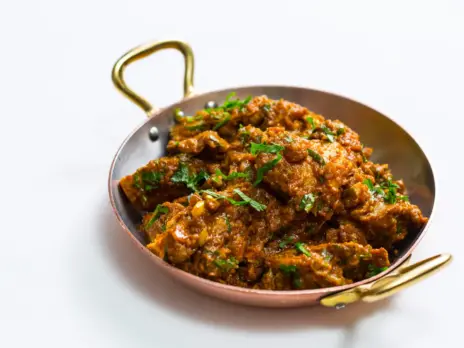
From the sandy terroir, to the ethereal style of Grenache, Château Rayas is an estate unlike any other in the Southern Rhône appellation.
Many of France’s greatest wines exemplify their appellations, but some transcend them. Nestled in one of the cooler corners of a warm, sun-kissed region; defined by sandy soils in a sector known for its heat-retentive glacial cobbles; and planted with a single grape variety, Grenache Noir, when the local vignerons have the right to blend fully 13, Château Rayas clearly numbers among the exceptions. Pouring a glass only confirms this; where so many of its neighbors are dark and brooding, Rayas is pale and limpid, ethereal and perfumed; powerful, yes, but sensual, too. Indeed, I’ve often thought that Rayas really deserves an appellation all to itself.
The reasons for Rayas’s singularity are manifold. Foremost, of course, is the place itself, and anyone who manages to secure an appointment at this elusive address is warmly advised to skip the tasting and beg for a vineyard tour instead. For though a mere six-minute drive from the village of Châteauneuf-du-Pape, Rayas feels a world away, secluded amid cool, evergreen woodland in the northeast of the appellation; an oasis of flora and fauna in a region that is devoted more and more exclusively to monoculture.
Here there are none of the famous galets roulés, the large cobbles that pave the plateau of Le Crau; instead the vines are rooted in a topsoil of fine sand and silt; underneath is a permeable layer of friable conglomerate (safre, in local parlance), then water-retentive clay. Indeed, so poor are these soils that Rayas is planted at only 2,500 vines per hectare: lower than the appellation norms, but the highest density that they can sustain. The Reynaud family crops them short, too, to limit the loss of precious water by foliar transpiration.
Oriented gently to the north, the estate’s aspect preserves the grapes’ freshness and aromatic range; and so, too, does the fact that fully 11 of its 23ha (27 of 59 acres) are devoted to woodland rather than the vine. Historic aerial photographs of the region offer a poignant testimony to the speed with which copses and hedges disappeared elsewhere in the appellation, from the 1970s on, as on the one hand, vignerons made space for heavier machinery, and on the other, Châteauneuf’s success incentivized planting every available square meter. Today, Rayas stands out as the exception—and in the face of a changing climate, the Reynaud family’s obstinacy seems visionary.
The Rayas vineyard itself is composed of three distinct lieux-dits—Le Levant, Le Coeur, and Le Couchant—which straddle a small valley and catch, respectively, the rising, midday, and setting sun. These lieux-dits are planted exclusively to Grenache, which here expresses itself with remarkable aromatic amplitude; but each contributes something unique to the finished wine. Tasting before they’re blended, Le Levant is the most floral and ethereal, contributing the wine’s spine; Le Coeur is the most complete, contributing Rayas’s skeleton; and Le Couchant, with its richer, more compote-like fruit tones, brings the fat. The ensemble, of course, is always more than the sum of the parts, and in this respect, Rayas—like several of the Côte de Nuits’ great Monopoles—combines the identity of a cru with the advantages of a blend.
Pignan, occasionally designated the “Clos Pignan” in the past, stands alongside Rayas as a sort of junior sibling. With its uniform exposition, from a single block surrounded by pine trees, Pignan is also a stalking horse to Rayas, throwing into relief, with its more direct and monolithic personality, how much plenitude and completeness Rayas’s varying expositions contribute to the final blend.
Rayas: An intensely characterful personality
Unlike the grands crus of the Côte de Nuits, however, all this is of comparatively recent creation. Albert Reynaud, a retired notary who had lost his sight, purchased the estate in 1880 as a rural retreat in a region ravaged by phylloxera. And it was, by all accounts, his son Louis who really created Château Rayas as we know it, replacing woodland and fruit trees with grafted Grenache vines, beginning in 1915. Louis, a strong personality, was at the helm until his death in 1978, and famously defied the authorities for years by designating his wine as “1er Grand Cru,” a classification of his own invention. On Louis’ death, his reclusive son Jacques, no less eccentric than his father, succeeded him; and when Jacques passed away suddenly in 1997, the estate passed to his nephew Emmanuel, a succession masterminded by Jacques’ sister, Françoise.
Perhaps the fact that the estate has always remained in the family that created it helps to account for its intensely characterful personality. Rayas has always been run without compromise, and the Reynauds march to the beat of their own drum. The larger Château de Fonsalette, acquired in 1945, permitted them to accept derisory yields at Rayas with equanimity, the two estates enjoying a symbiotic relationship. That has permitted the pursuit of advanced maturity, even in the face of disease or inclement weather, waiting to pick in October after end-of-season thunderstorms restore balance to the ripe, concentrated berries. And the same spirit of equanimity permeates the winemaking. The Grenache bunches are crushed without destemming, and macerate with minimal intervention in cement vats for three to four weeks. Blended with the best of the press wine, Rayas completes its malolactic fermentation in enameled steel tanks in the winery’s attic, remaining there until the Spring, when it descends to the cellars, filling ancient barrels freshly emptied of the previous vintage.
All of this takes place in unassuming, if not unprepossessing, premises, constructed by Louis in the 1930s firmly within the boundaries of the brand-new Châteauneuf-du-Pape AOC so that Rayas could never be denied the appellation. Lacking in modern conveniences, except for a pneumatic press, much has been made of their dingy appearance, though in reality the dusty floors and ancient barrels hardly distinguish this winery from any number of others. Rather, it’s the vineyards outside and the wine in the bottles that set Rayas apart. Indeed, the irony is that though the winery itself may have been intended to anchor Rayas in Châteauneuf, the wines themselves transcend it.






